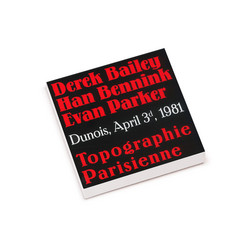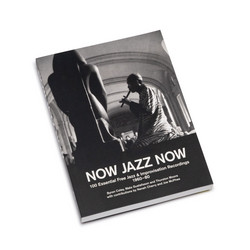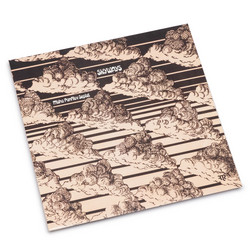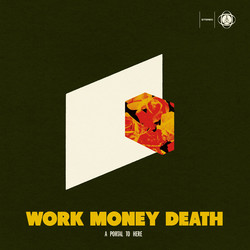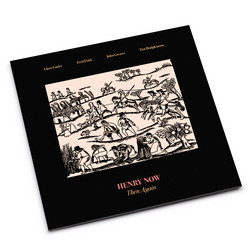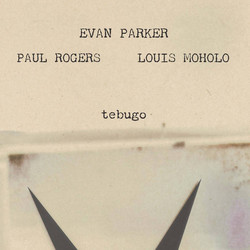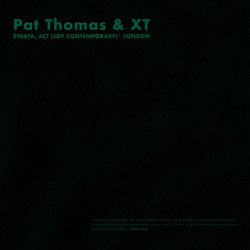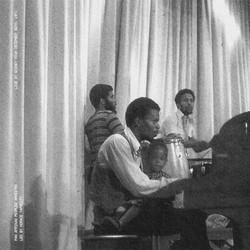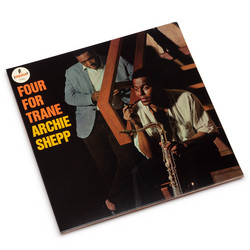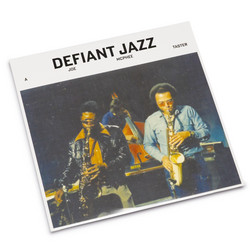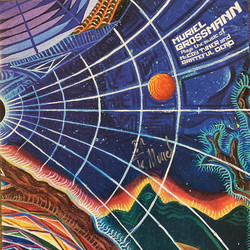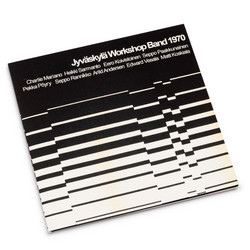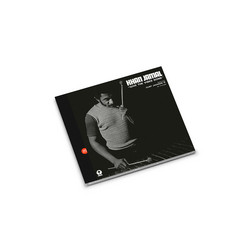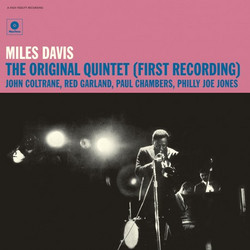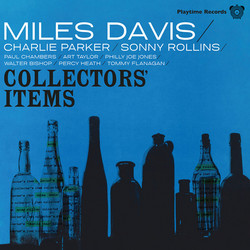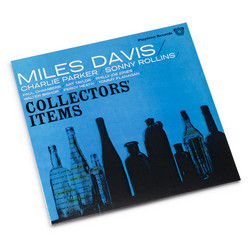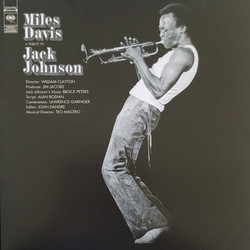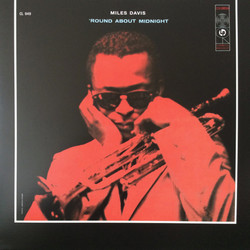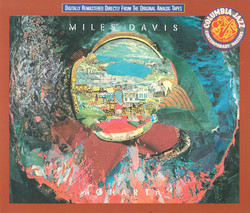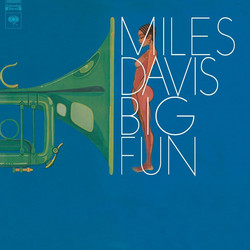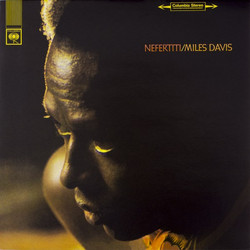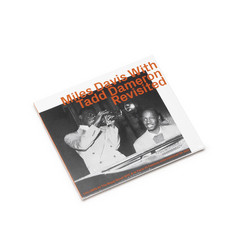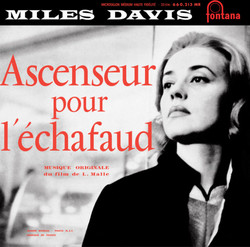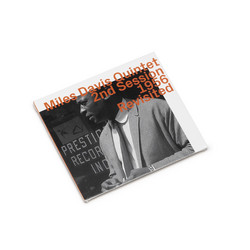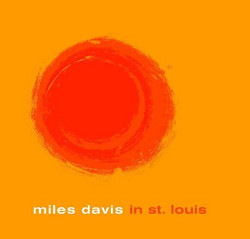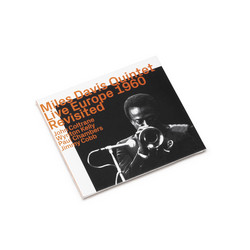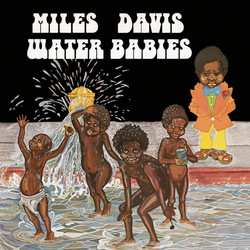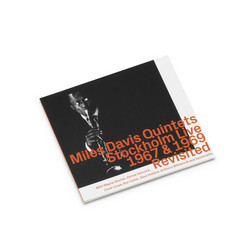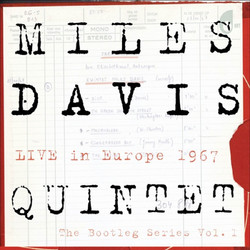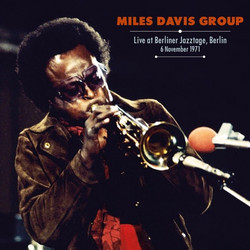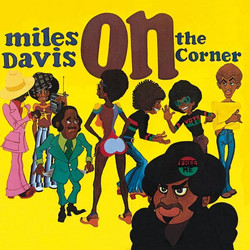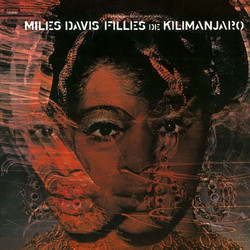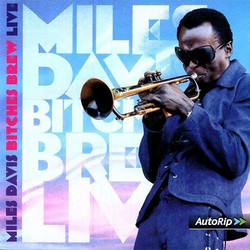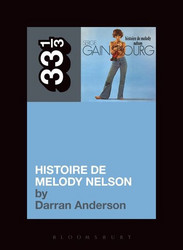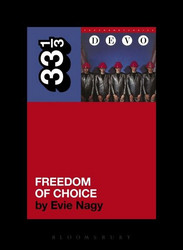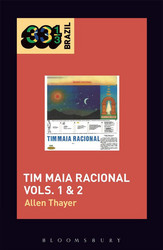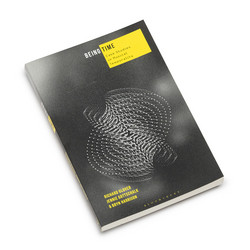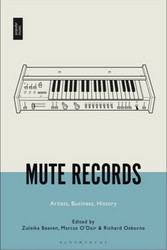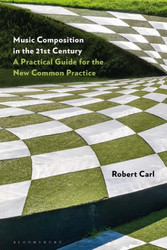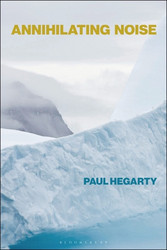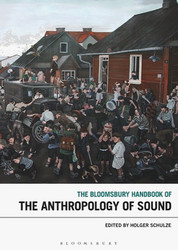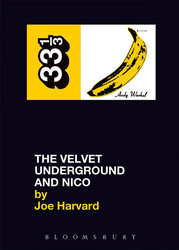It was 1969, and Miles Davis, prince of cool, was on the edge of being left behind by a dynamic generation of young musicians, an important handful of whom had been in his band. Rock music was flying off in every direction, just as America itself seemed about to split at its seams. Following the circumscribed grooves and ambiance of In a Silent Way; coming off a tour with a burning new quintet-called 'The Lost Band'- with Wayne Shorter, Chick Corea, Dave Holland and Jack DeJohnette; he went into the studio with musicians like frighteningly talented guitarist John McLaughlin, and soulful Austrian keyboardist Joe Zawinul. Working with his essential producer, Teo Macero, Miles set a cauldron of ideas loose while the tapes rolled. At the end, there was the newly minted Prince of Darkness, a completely new way forward for jazz and rock, and the endless brilliance and depth of Bitches Brew.
Bitches Brew is still one of the most astonishing albums ever made in either jazz or rock. Seeming to fuse the two, it actually does something entirely more revolutionary and open-ended: blending the most avant-garde aspects of Western music with deep grooves, the album rejects both jazz and rock for an entirely different idea of how music can be made.
“When Davis felt he could go no further with straight-ahead acoustic jazz, he embraced the electric age… by 1969, when he recorded the monumental double album Bitches Brew-the subject of a perceptive new monograph by George Grella Jr. in the 33 1/3 series-he had forged a bold new style, later dubbed the “electric Miles.” Today no period of Davis's work exerts as much fascination for young jazz musicians.” – The New York Review of Books
“George Grella Jr. discusses time and the slippage thereof in Bitches Brew (one of the latest additions to the brilliant 33 1/3 series) ... [An] articulate and thought-provoking book ... [Grella] writes well about the music on the album itself, providing a readable and non-technical description of musical themes ... [and] offering insight into the construction ... of individual tracks and the album as a whole.” – International Times
“George Grella dissects the creative process engineered by Miles Davis album, delves into the motivations that led its creator to break with the basics of swing and incorporate influences from rock and unprecedented use of recording techniques in jazz . Grella also devotes two chapters to study the outstanding technical features of each of the six items on the double LP … and explores with passion, wit and analytical rigor [the] constellation of musical, social and psychological forces that came together to produce one of the most revolutionary works of contemporary music.” – El Intruso
- Paperback
- 144 pages

